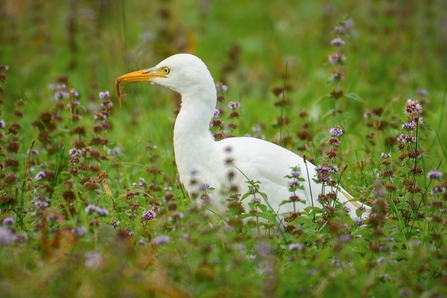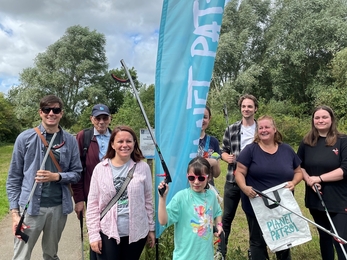Wildlife and Conservation
We have had a busy summer of wildlife at Summer Leys nature reserve. Back in June we had an exciting visitor- a purple heron! These are regularly recorded in Britain, usually in spring time, during periods of warm southerly winds between April and May and occasionally staying into the summer. Purple herons are considered occasional breeders in the UK, although proving breeding can be hard. They can be distinguished from the grey heron by being slimmer, smaller and darker. They tend to favour dense vegetation, such as our reedbeds.
Over recent months we have also spotted of a couple of redstarts. An elegant, robin-sized chat, the redstart is a summer visitor, arriving here in April and leaving in September. It feeds on insects, especially butterfly and beetle larvae, and can be seen foraging in woodlands, hedgerows, parks and beside streams. Redstarts have an upright stance and can be seen 'bobbing': moving in a similar fashion to robins. They spend most of their time in the trees. Male redstarts are grey above, with a red breast, black throat, long, black legs, and a long, red tail.
More recently, in the past couple of weeks we have seen a cattle egret visiting the reserve. Cattle egrets are only slightly smaller than a little egret, but with a shorter neck, shorter legs and much more compact body giving them a stockier impression. They also have a shorter, stubbier bill, which is dark in juveniles but quickly turns yellow.


